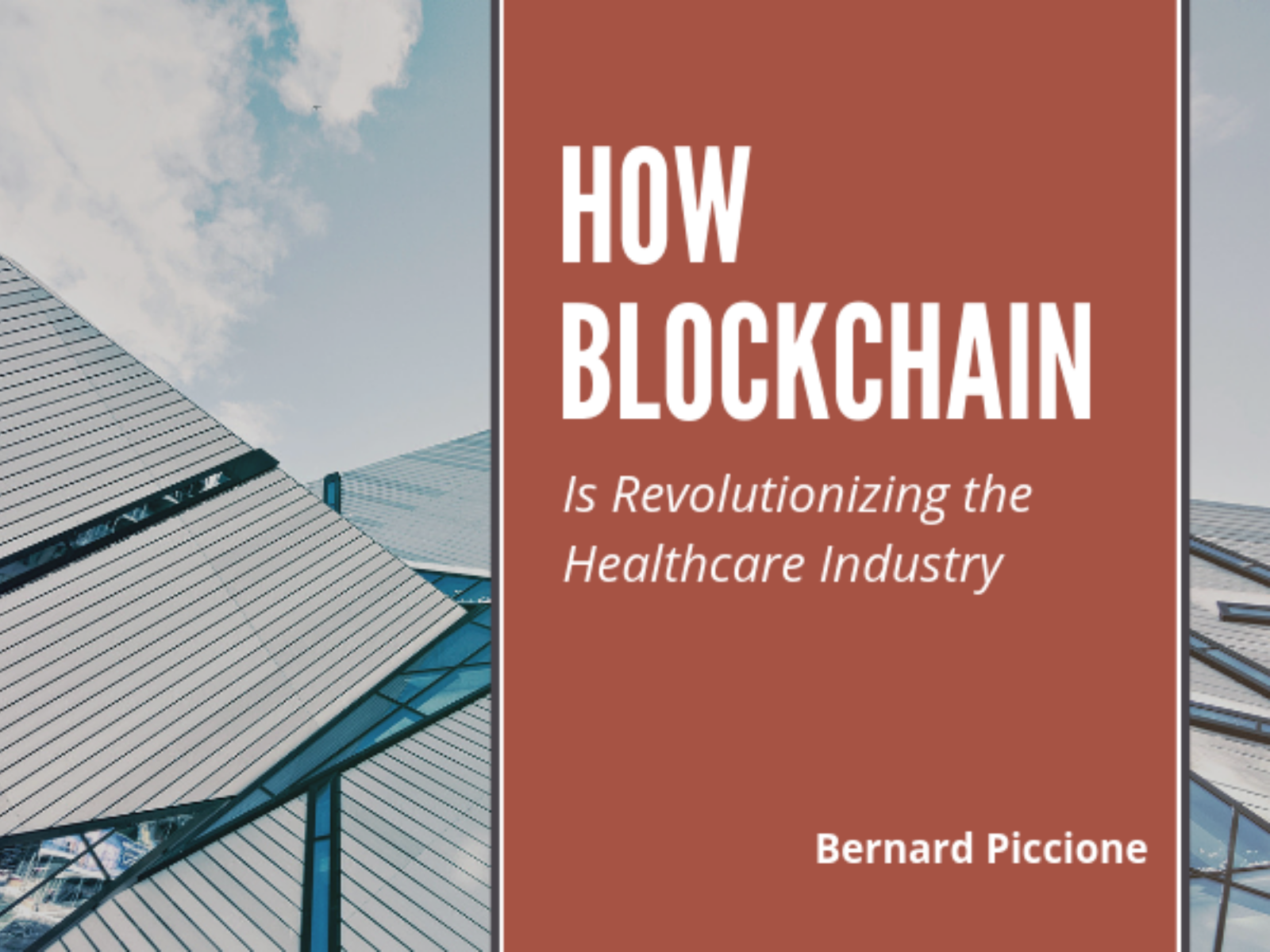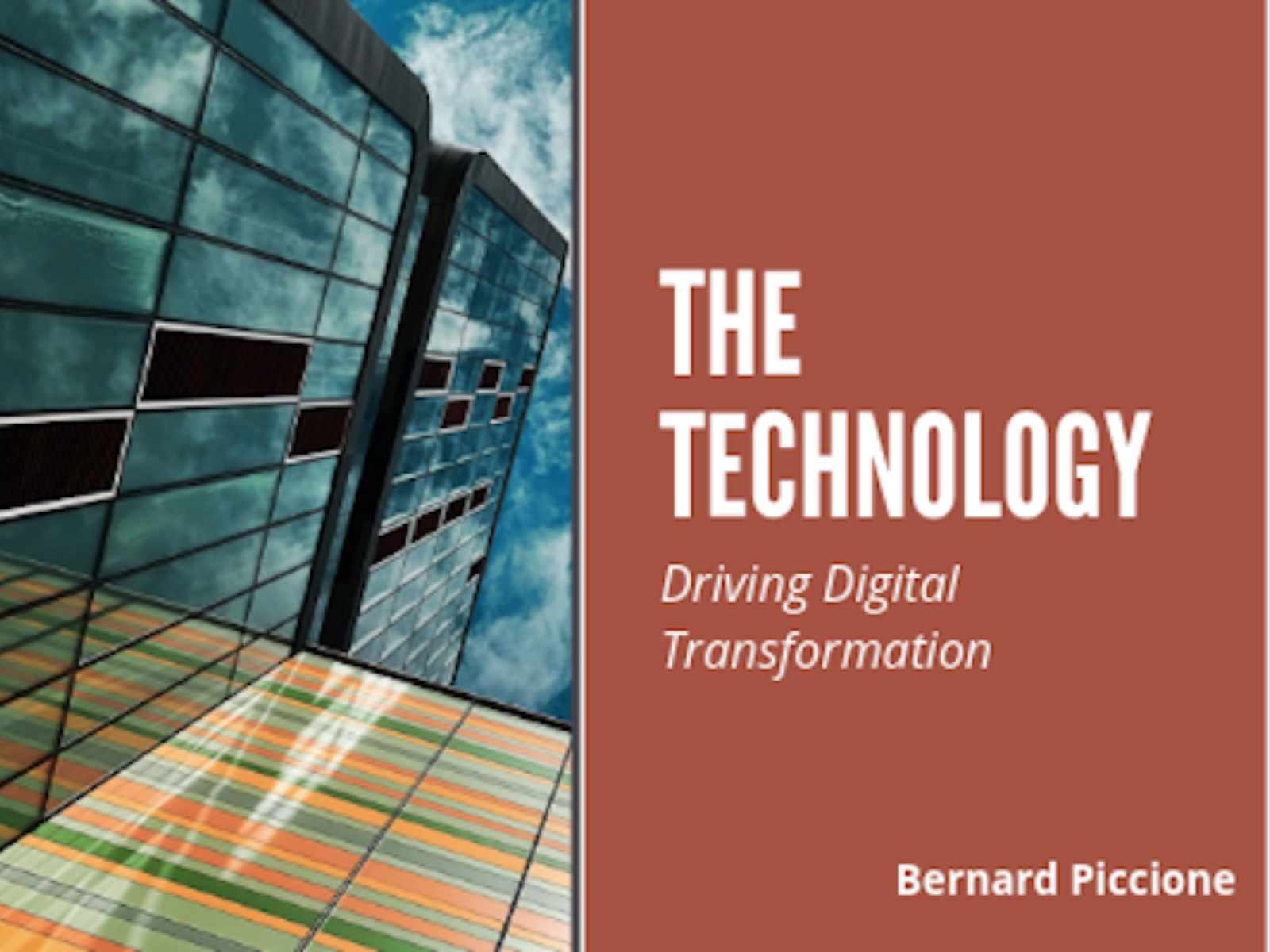Blockchain has taken the world by storm over the last decade, transforming industries from banking to supply chain management. This unique transaction ledger is also poised to revolutionize the healthcare industry. Blockchain is already being used to improve the efficiency and customer service of the healthcare world by protecting patient privacy and providing better options to organize records.
The healthcare system is currently plagued by many problems that can be solved by blockchain. Important information is difficult to access, and spread across many networks. Database contents including private patient information are stored in an easily corruptible location. The solution lies in blockchain, a transparent and tamper-proof ledger that is easy to manage and highly secure.
Improved Security
When the contents of a database are stored in a single central location, the physical memory is easily corruptible, especially when only a limited number of administrators have access to the database. Unlike traditional databases, blockchain has no single central administrator.
Blockchain also prevents accidental medical sharing. Every state has different regulations regarding patients’ privacy and consent. Blockchain, however, provides a streamlined method of recording and sharing patient consent. If any organization is looking to share a patient’s medical data with another group or individual, they can find permission about whether or not the patient has consented for them to do so in the blockchain.
Better Patient Records
Keeping records of patient data is a difficult task. Records run the risk of accidental duplication or being connected to the wrong patient. Although electronic health records are certainly a step up from paper charts, they still present problems. Virtually every EHR has a different way of recording and manipulating even the simplest pieces of data.
With blockchain, the process is simplified and much more efficient. After a patient’s medical record is created and signed off on, it will be added to the blockchain. At this point, the integrity of the record cannot be tampered with.
When blockchain is implemented, the whole data set is computed to a ledger, not just a primary key. All the user has to do is look for an address. Even if there are multiple addresses and keys, each of them will lead to a proper single patient identification. Blockchain is essentially an incorruptible public ledger.
Effective Billing Management
Billing management currently represents many opportunities for error. Medical coding is difficult to understand, leading to inaccurate or duplicate files. Billing fraud is an even more drastic issue. Fraud can be accomplished at many different levels, including patients, providers, and even insurance companies. Healthcare providers lose millions of dollars from these data breaches.
Continue reading at bernardpiccione.net
Please login to comment.







